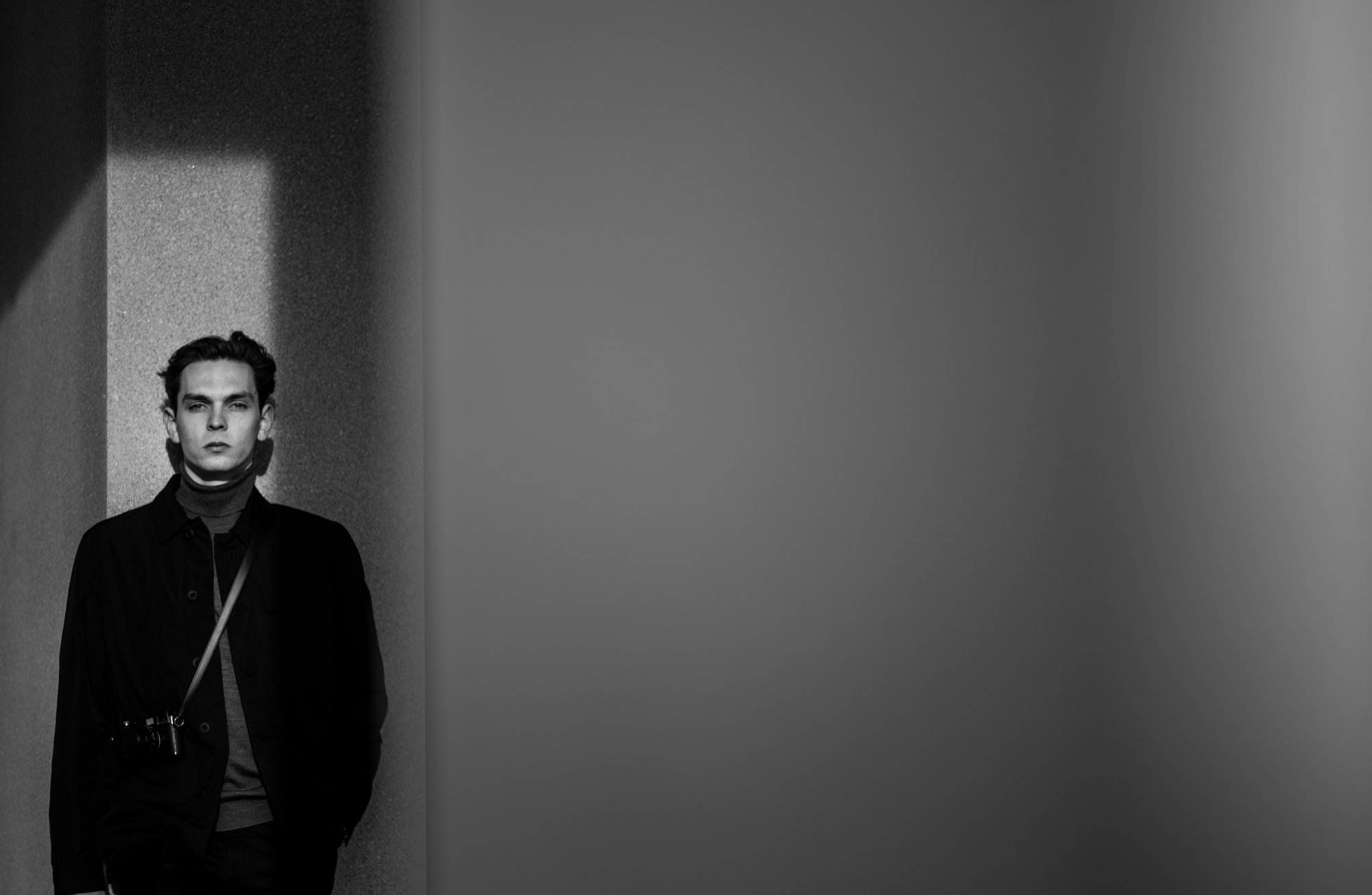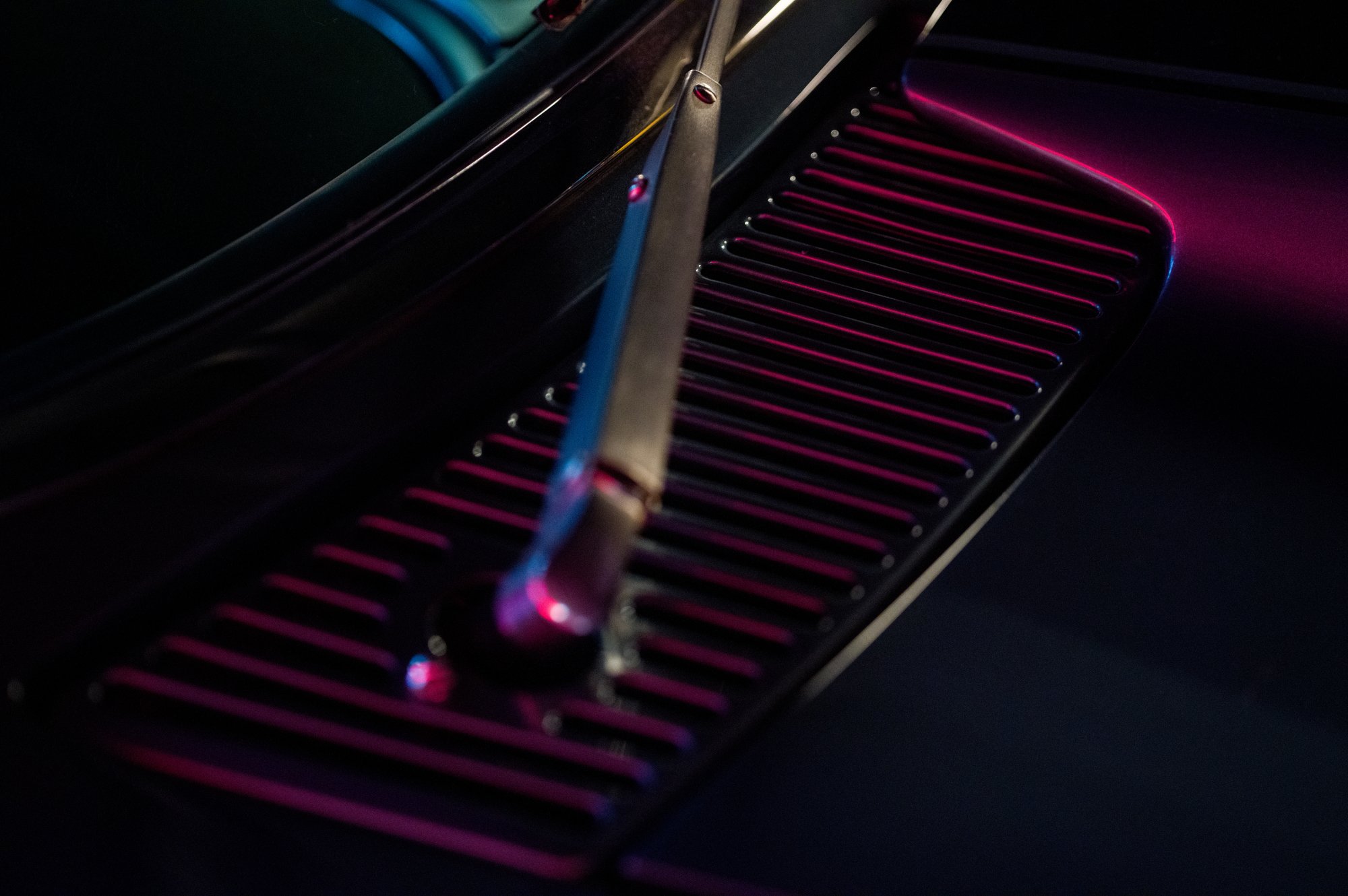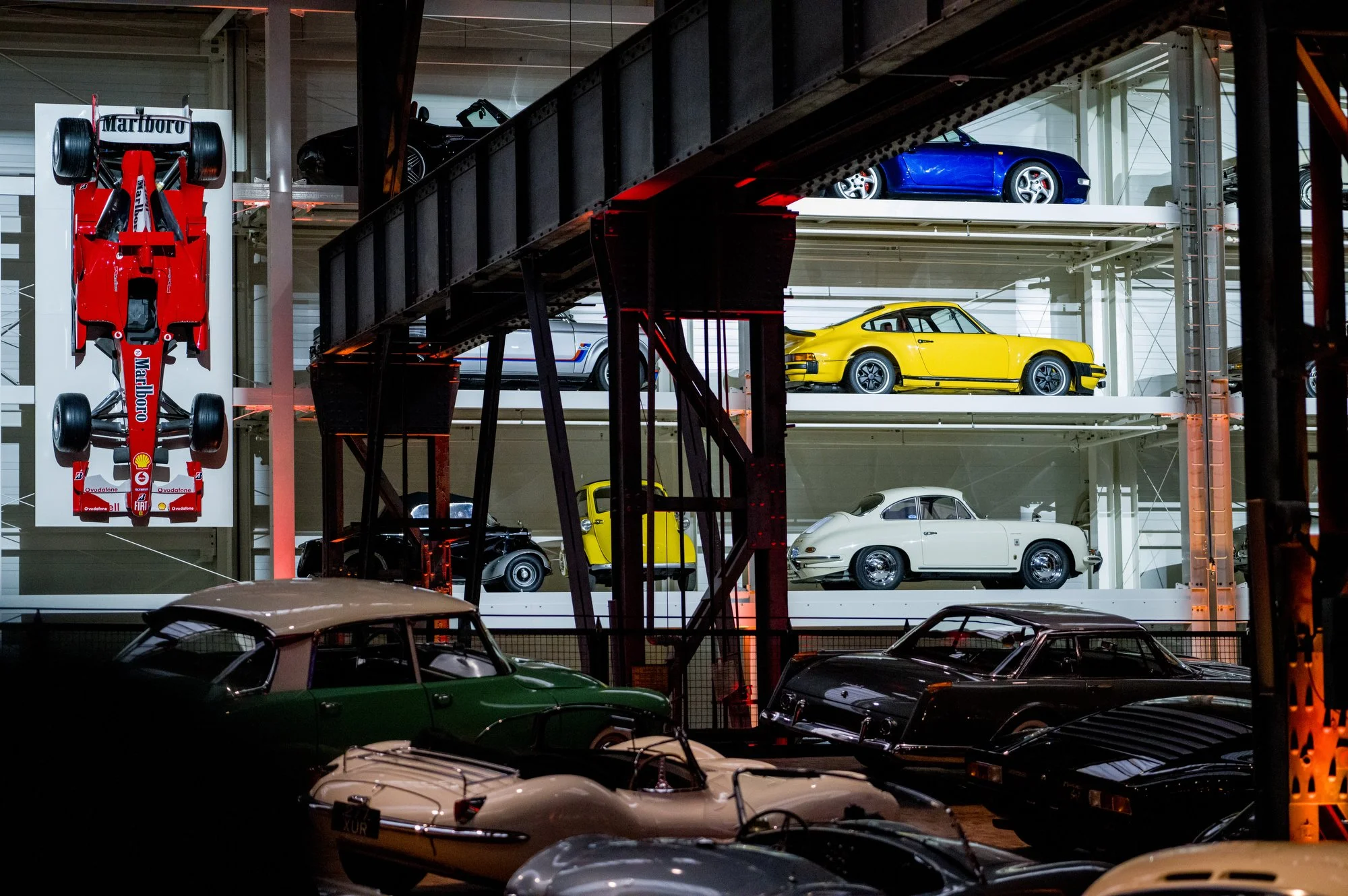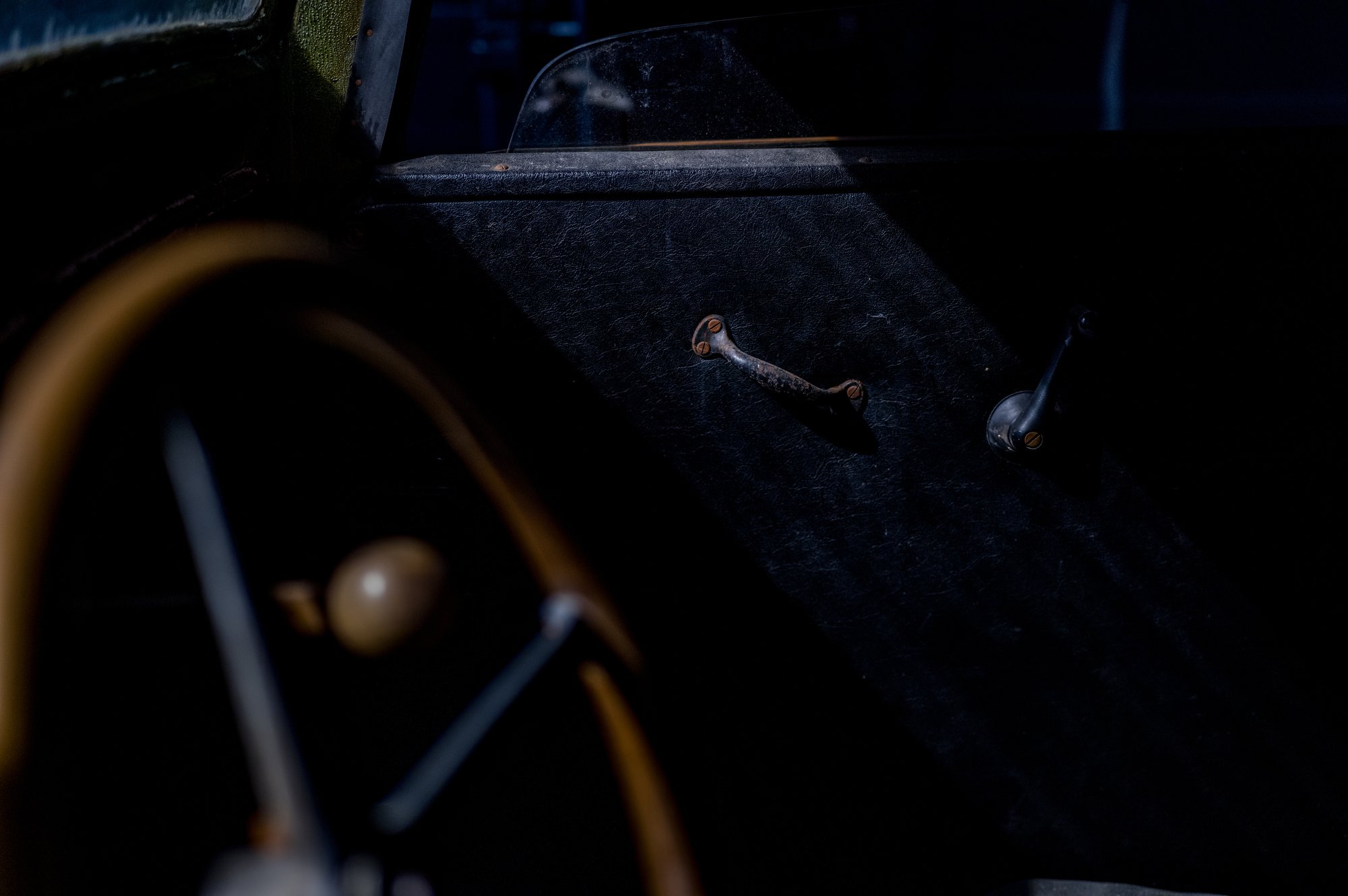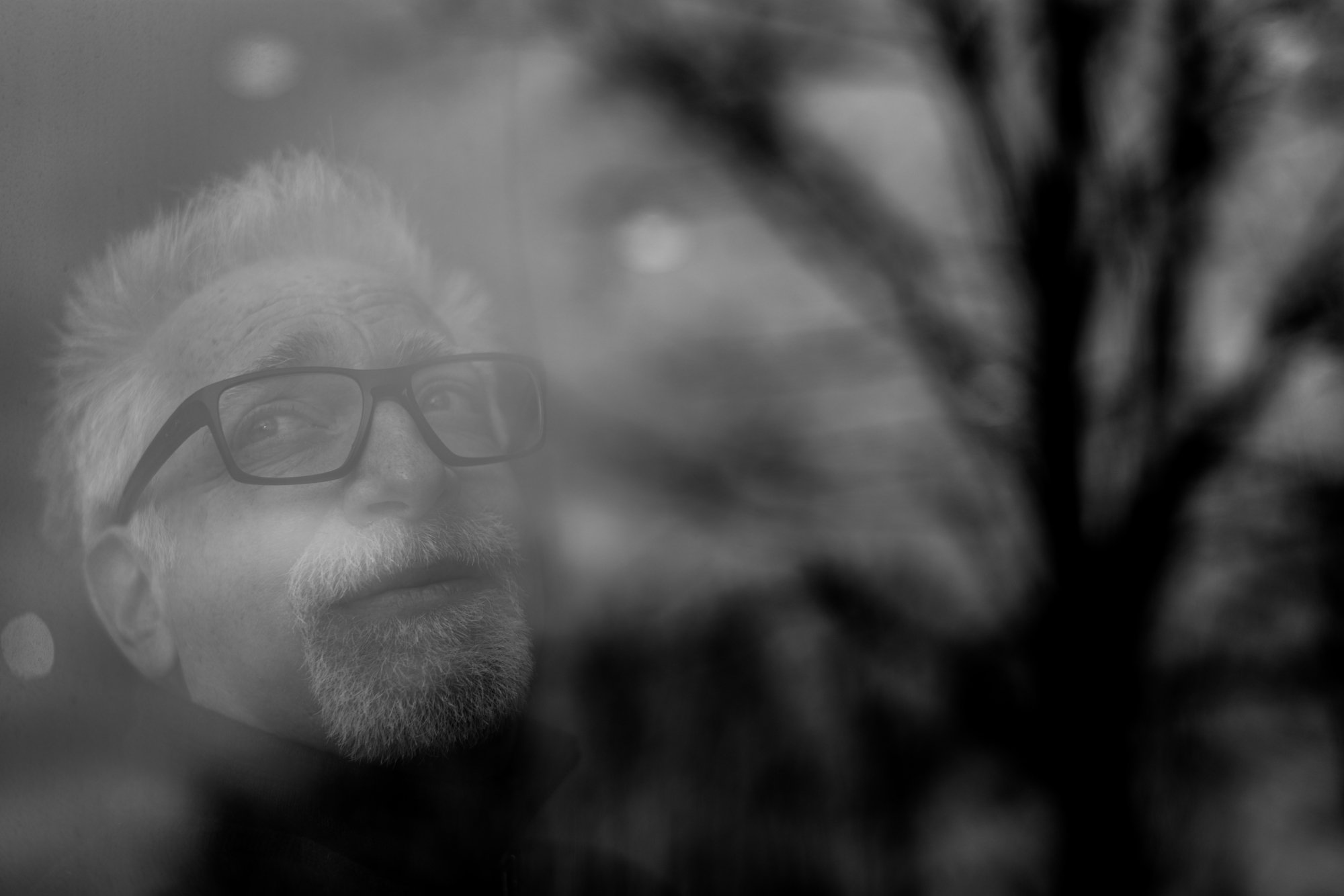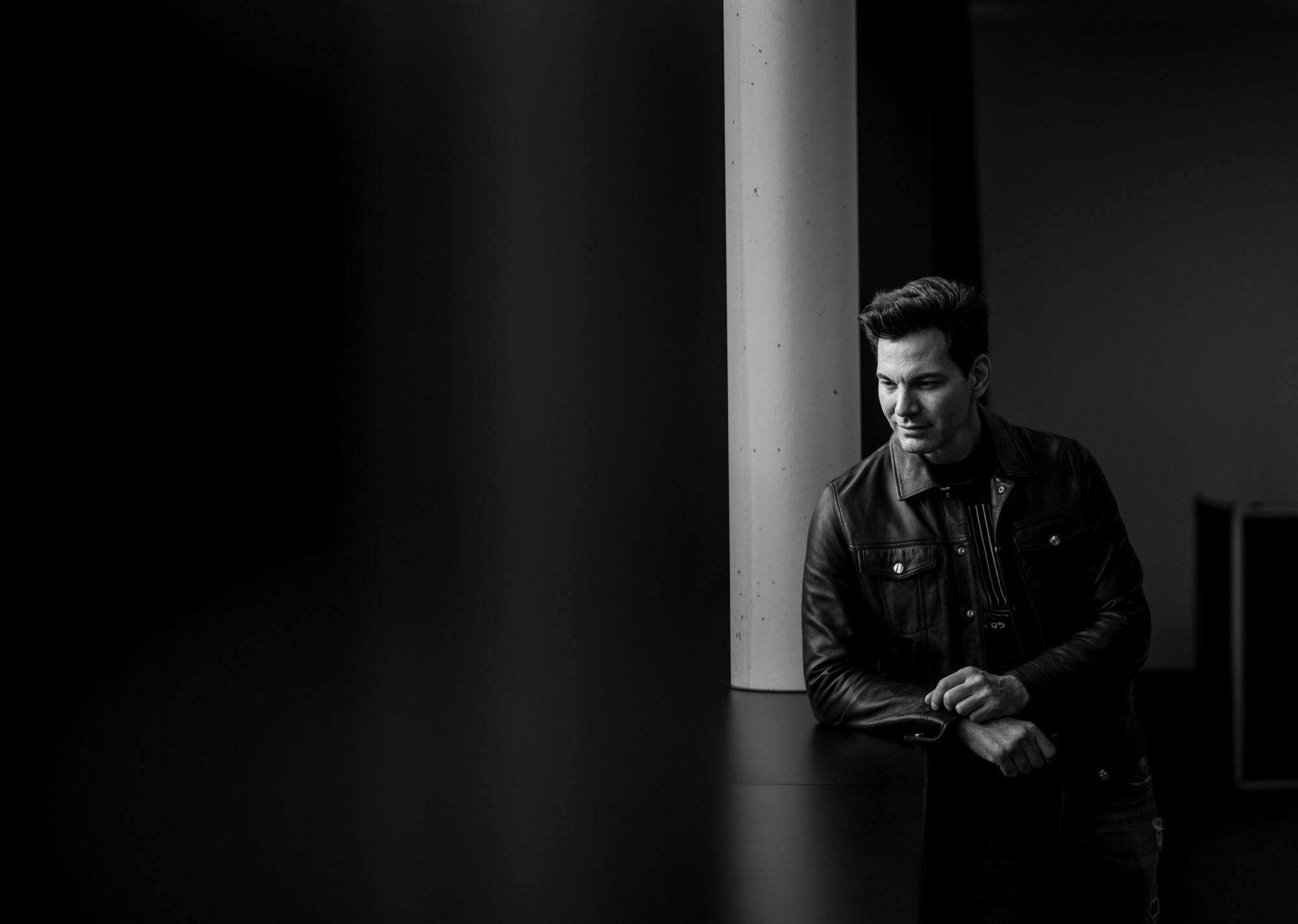Leica SL3 Review: A Pro’s Take on the Ultimate Mirrorless Camera
Leica SL3’s on display before being handed out to photographers, KOL’s, and YouTubers at the launch event in Wetzlar, Germany in February 2024.
Leica SL3 Key Features: Built for Professionals
I’m a photojournalist first and foremost and I believe in transparency so let me start with full disclosure on a few things.
Leica paid for my travel to this launch event. However, I’m 45 years old and relatively successful and I also photograph luxury hotels/resorts around the world for a living so a free trip to Germany during the winter is fun but it’s not going to compromise my integrity as a photojournalist and honest person. That would require at least 2 cameras and 3 lenses, most likely Noctilux quality.
My reviews aren’t influenced or seen by Leica before I release them. I’m fair and honest about my raw opinion and I take pride in that.
I only review equipment I own or that I’m interested in owning that’s why my YouTube channel grows slowly and is heavily Leica-focused.
I shoot Leica professionally for my editorial and documentary work, both the M and SL systems. I’m considering the SL3 for my commercial photography and possibly my video work, hence my interest in this camera.
My reviews/thoughts on Leica don’t involve comparing Leica to other camera brands because I don’t use those other brands and don’t have any interest in those other brands at the moment. I feel Leica is in a class of its own for design and UI and that’s what I typically like to discuss so you won’t find comparison charts or pixel peeping here.
Still here?
A 10-second portrait of Leica marketing team Ben Dammer at Leica HQ the 5 seconds the light came out while I had the camera.
Leica SL3 with Leica 50mm M Summilux Lens.
LAUNCH EVENT
In February I was invited to Wetzlar, Germany, home of Leica for the launch event for the new Leica SL3 camera. I had about 2 days with the camera so take everything I’m about to write with a grain of noise. I mean how can I claim to know her after only one date, how can I recommend that you date her, wait, that is where my analogy falls apart but you get what I mean. I know what she wants me to know about her so far, but people and cameras reveal their weaknesses over time, not at first glance, sorry if that sounds diabolical.
I also want to get another thing out of the way. I use Leica cameras professionally both for editorial work and for my documentary work and I’m considering making a giant leap and using them for my commercial hotel photography, lifestyle advertising shoots, and possibly for my documentary video work so this is where my interests are.
Ok, time to dive!
NOTABLE FEATURES (my opinion)
UI - updated icons or “Leicons” as they say. They are beautiful and the already superb menu system just received a boost with improved spacing, more intuitive and sexy icons, and just overall a superior user experience not just compared to other cameras but to other Leica’s as well. I love Leica’s menu system, top-notch, Hasselblad might be the only superior UI but their cameras have a lot fewer functions so it’s a lot easier to be a minimalist.
For commercial shoots, I’ve had to hand my Sony to my tech nerdy assistant(even he had to go on YouTube to sort it) in front of a client. Of course, I made up some excuse like we were just calibrating the megapixels and dialing down the diopter to adjust the chromatic aberration factor and no one was the wiser but that shouldn’t happen, with Leica, that simply doesn’t happen.
Size and Weight - If you’re an SL or SL2 user you’ll notice the size and weight right away. I own the SL2-S and it’s a brick, but I prefer the robust feel of this camera and while the SL3 isn’t flimsy by any means it feels like the build quality is more like a Q and less like an M. Nothing wrong at all with the Q build quality, I mean it’s just not a tank, I understand why they did this. I’m a larger dude, about 6’1, and not a tank like 220ish. My hands aren’t small or big, but for most, the SL2 is too big and too heavy so I’m sure I’m in the minority here and I do feel over time I’d probably appreciate the lighter and smaller body, it was already growing on me after 2 days.
A workaround for studio photographers who like a more substantial feel to their cameras is the new optional multifunctional hand grip.
Leica SL2 = 146 x 107 x 83 mm (5.75 x 4.21 x 3.27″) Without battery 840g (2.02 lb / 32.31 oz)
Leica SL3 - 769g without battery
Leica Photos App - Not exclusive to the Leica SL3 but it’s a huge upgrade, just look at the chart below. I downloaded and tested the BETA version and it’s lightning quick, it was crazy to send RAW 60mp to my phone that quickly. For me this is huge because for commercial work I’ll tether for clients or use wirelessly with my iPad so fast is imperative, this is a huge upgrade for speed.
LEICA’S NOTABLE FEATURES (ASSUMING IN LEICA’S opinion)
PROS AND CONS
Let’s start with the pros because I have way more good things to say than bad about this camera.
PROS
UI update is top-notch. This is what I want from Leica and they delivered here.
LEICA PHOTOS APP is a huge upgrade, lightning-fast, and super easy to use. I still don’t understand why other camera companies can’t get this right.
New Sensor - 60mp triple resolution sensor and autofocus are welcomed but something that interests me a ton as I feel makes my images high quality, not a sensor. I just need it to be sufficient, I’ll do the rest, sounds cocky, but I feel that way. As for autofocus I use manual focus most of the time except for video work.
Size and Weight - A pro for 90% of users but for me I still prefer the slightly more robust SL2 series.
Modularity - I love using the SL with M, R, and L series lenses. Tons of options with the proper adapters so if you’re a Leica collector with a plethora of lenses you have all sorts of options. For me for example I can use my M lenses on slower-paced travel assignments like I just did for a travel story for The New York Times in HCMC, Vietnam. I can use the SL lenses when things get wet or when I need autofocus for some advertising shoots and I toss my newly acquired Leica R 100mm macro. Yes, you can buy adapters for everything but I like keeping it in the family.
Video - 8K, more connectivity options, time code interface, and more codec options. Oddly enough I like the smaller size for video work but I still don’t know if this would be my choice for a video camera but I’m interested in trying it out more.
CONS
Size and Weight - As I mentioned exhaustively in this article I like the larger body of the SL2 but not a huge deal for me.
I was hoping for built-in storage.
Battery is improved but not exceptional.
WISH LIST FOR SL4, TOO SOON?
Larger LCD Screen - I figure most people will be using this for commercial work both in the field and in the studio so a larger screen to preview and show clients images is always welcomed.
Video recording lamp/visual indicator - As they make improvements to this series as a video camera I’d love to have a red light on the front/top of the camera to know it’s recording video. Perhaps they could make the top display blink red or have the option to do so. Pretty annoying if you forget to hit record or forget to stop recording.
Sony Level Auto Focus - I’d love better human and animal tracking at the Sony level for video mainly as for photography I shoot mostly manual focus.
Built-In Storage - When I asked Steffen Rau, Product Manager of Leica SL-System about why they left out built-in storage for the SL3 he said it came down to having either 2 card slots (CF Express and SD) or 1 slot and built-in storage and they chose the former. I feel that’s the right decision, the CF Express card slot is welcomed with the ability to shoot 8K but the greedy side of me wants it all and he also eluded to the possibility of having all 3 in a future model.
Better EVF - Wait, that’s not fair, it’s solid and industry-leading at Leica EyeRes®, Glass Optics, OLED 0.5",
5.76 mio. dots, 120 fps. Yes, it was when it came out a few years back but I want them to continue to push this as many of us who can afford Leica’s are an aging group so better clarity is welcomed in a premium-priced product so I want to see them continue to be industry-leading. I mean aren’t we all a little guilty of resting on our laurels at times, I’m still milking this rhino image that was used in a Leica AD campaign, time to capture something new Justin.
CONCLUSION - WILL I TAKE THE PLUNGE?
First, remember my use case, I’d want this camera to be a few things for me.
Lead camera for hotel and advertising photoshoots. I’m currently using Sony for this and I don’t love them but they are versatile for my hybrid commercial shoots.
A pro always needs two cameras on shoots so this would couple with my SL2-S
Possibly my documentary video camera and ideally to justify the price of my commercial video rig as well. At the product launch, Leica's lead product manager for the SL-System Steffen Rau mentioned Small Rig is making a cage for this which is nice. I have a Condor Blue cage for my SL3-S
So in conclusion it seems inevitable that I switch to Leica for my commercial photography. I mean it’s sort of ironic that I don’t already as my commercial work pays far better than my editorial/personal work yet my editorial Leica kit far exceeds the cost of my commercial gear.
Factoring in my variety of use cases and existing lens collection it’s an inevitable yes, just a matter of time. It’s a wonderful ecosystem for me to live and work in. Design and UI are much larger determining factors for me over megapixels and autofocus technology so if that’s your lead concern you might look another way for better value. I applaud Leica for this upgrade, their entire team made this product a success, not a giant splashy one-feature upgrade which is nearly impossible to to achieve these days in this market but lots of sneaky good underage upgrades.
I think the best way to sum up this product and Leica in general is to paraphrase what the VP of marketing Andrea Pacella said in a casual conversation over dinner about Leica “We aren’t too big to listen.” It wasn’t a marketing gimmicky thing to say, he meant it and it’s true, Leica does listen to photographers both pro and amateurs, and gets their feedback. They don’t hide from their mistakes either, they learn. I interviewed Stefan Daniel: Vice President of Technology and Operations at Leica Camera AG and I asked him about the firmware that removed the joystick focus check on the SL he didn’t shy away, and said they messed that up and it will be fixed soon, no BS or excuses, love that.
Should you buy this camera? I have no clue, but I probably will.
We took a group trip to a classic car museum and while the collection was impressive with some cars costing tens of millions of dollars photographing cars and shooting indoors isn’t my favorite, but I feel I made it work. I looked for detail shots and used a borrowed Leica R 100mm macro lens for a majority of these shots which I later ended up purchasing (the lens not the cars). I cranked up the ISO and the sensor performed well. It was a gloomy trip for most of my time there, but I did sneak off a few portraits, recognize any of the people in the gallery?
I’ll add some downloadable RAW files here if I can sort out how to do that on this website.
GALLERY
For a more in-depth discussion and personal anecdotes related to these red flags, you can watch my detailed video below:
If you enjoyed this article or found it helpful considering signing up for my monthly newsletter and checking out the video version of me on YouTube. A huge thank you to Leica Singapore for sending me to Germany, if you pop through Singapore go to their store and tell them Justin sent you and you might get a free expresso.


